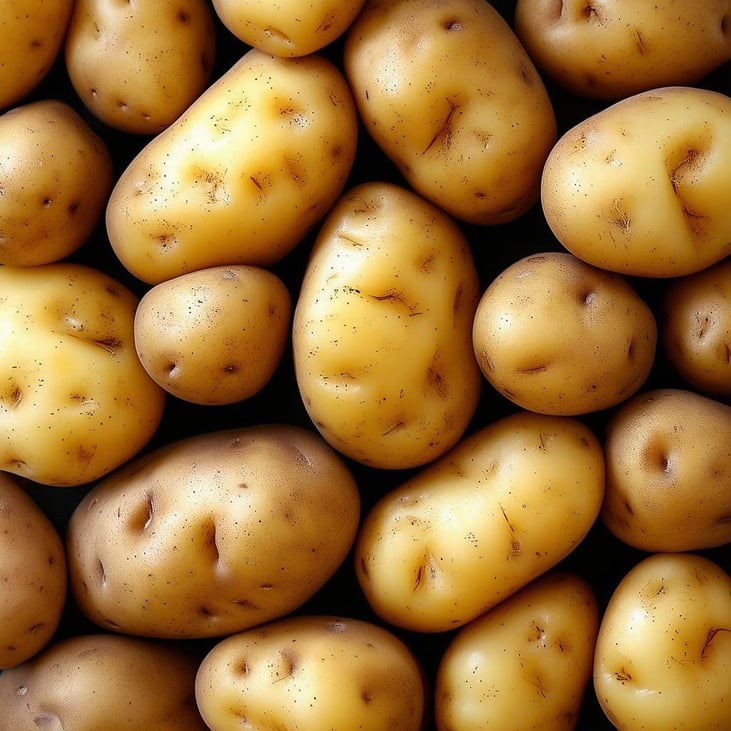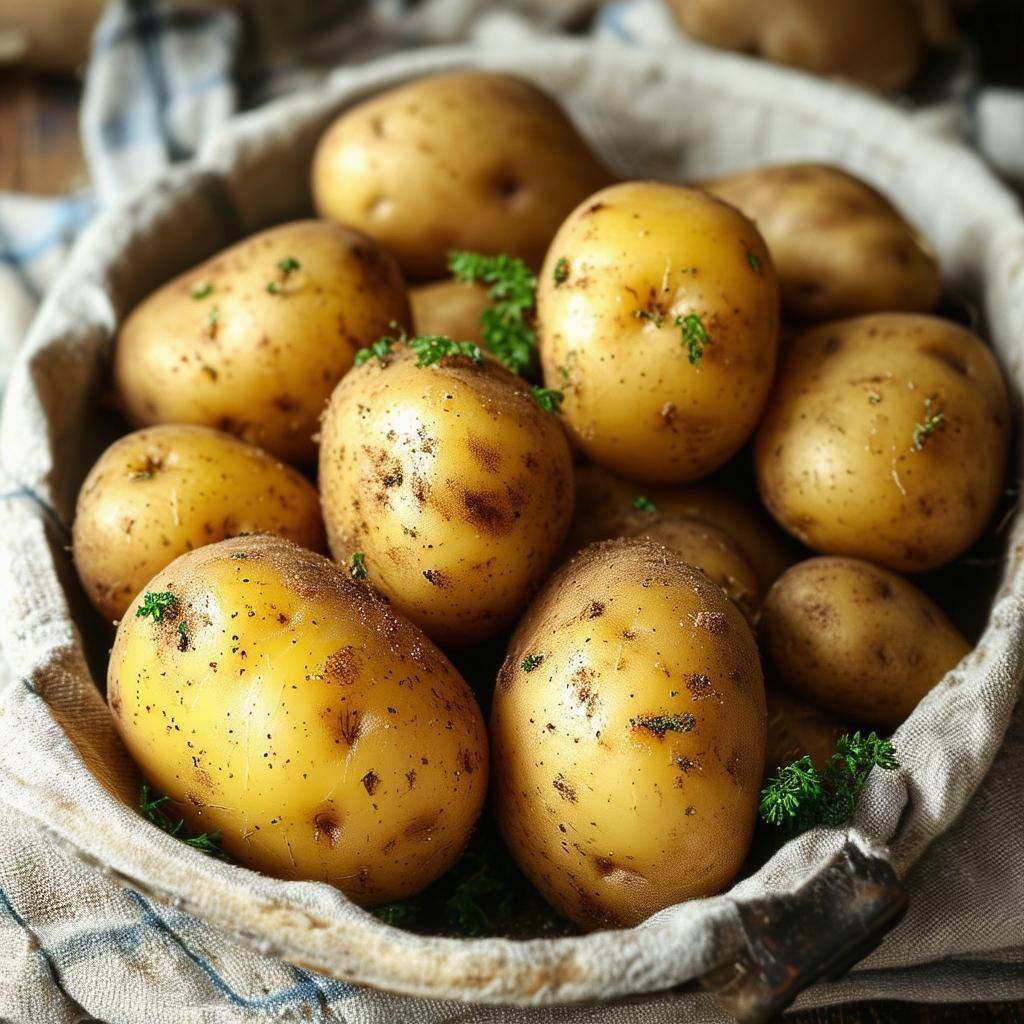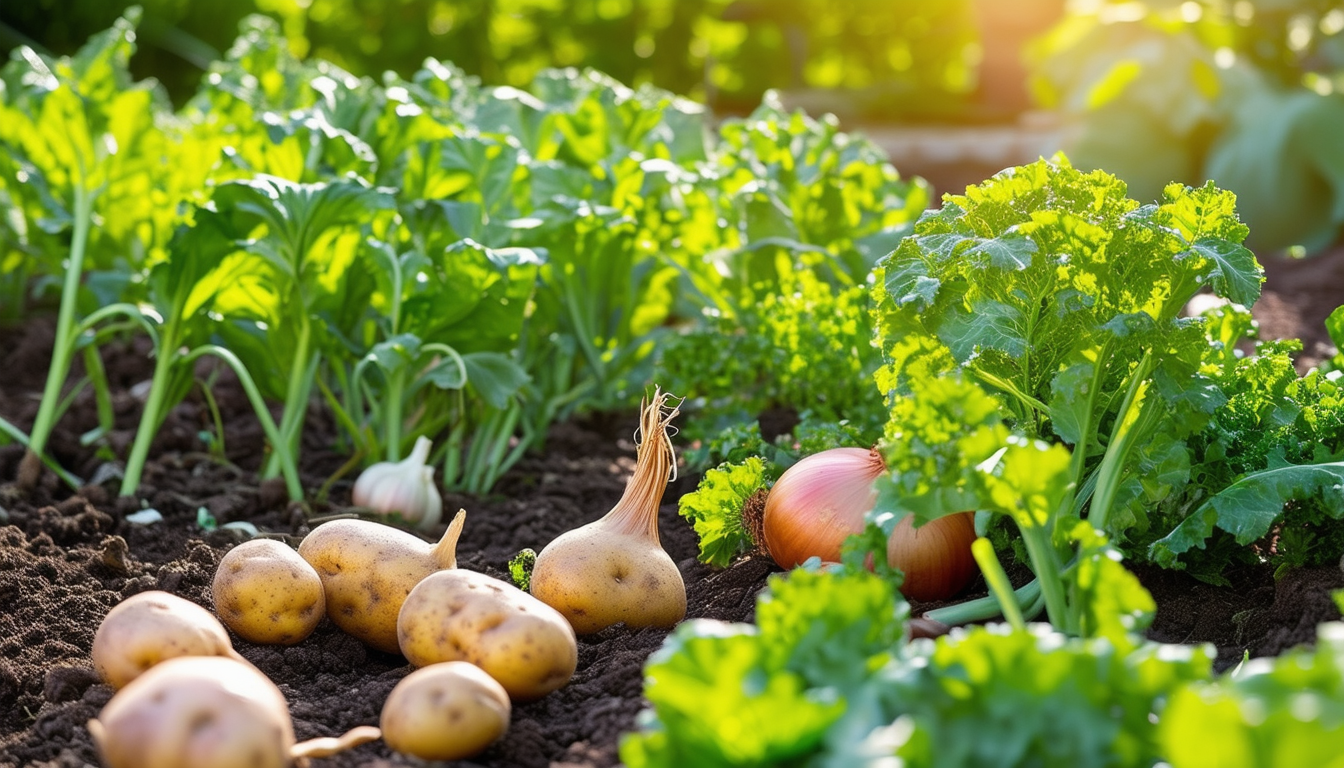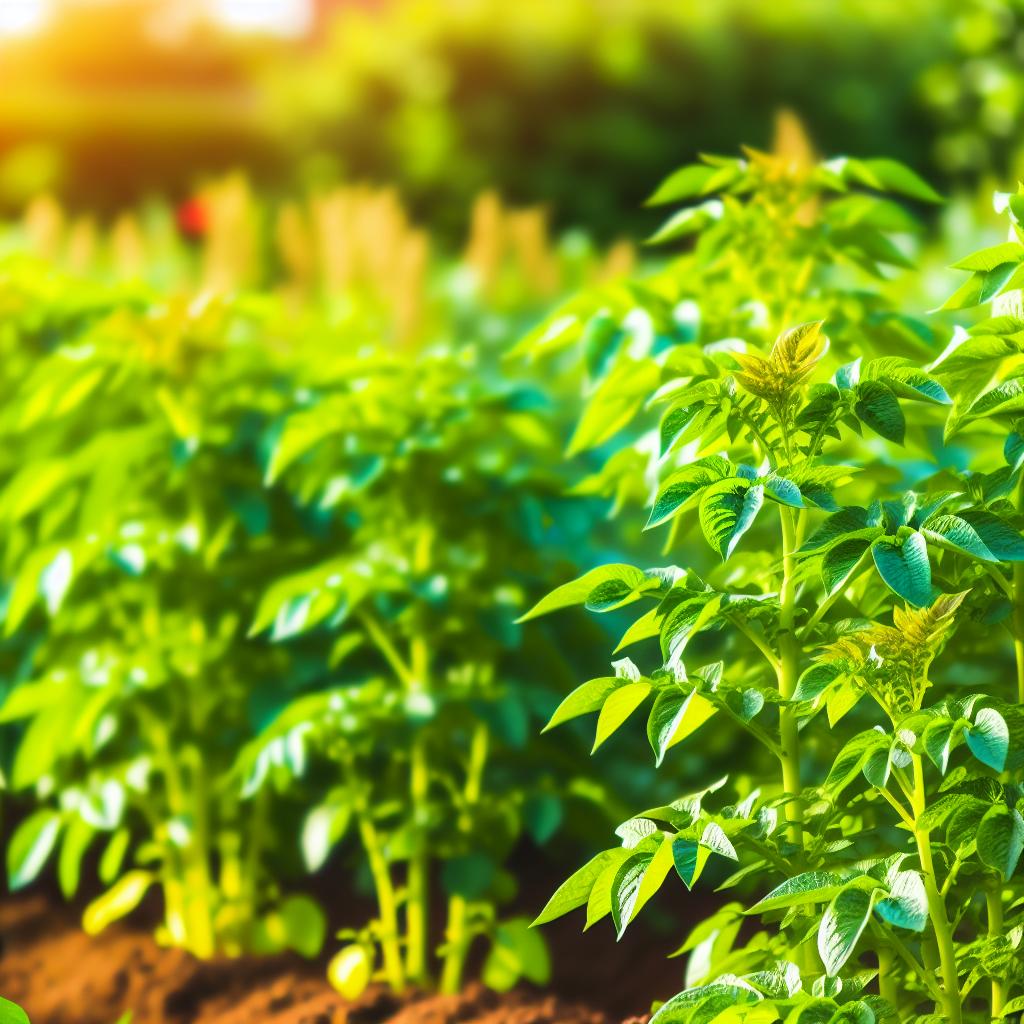
Unlock the secrets to a flourishing potato crop by mastering the art of chitting!
Intro - The Benefits of Chitting Potatoes
Chitting, or pre-sprouting, is a time-honored technique that helps gardeners get a head start on their potato crops. By allowing seed potatoes to sprout before planting, you can significantly enhance their growth potential and yield.
Chitting not only speeds up the growth process but also helps the plants become more resilient to diseases and pests. This simple yet effective step ensures that your potato plants have the best possible start, leading to a bountiful, healthy harvest.
5 Steps to Successfully Chit Your Potatoes
1. **Choose the Right Potatoes:** Start with certified seed potatoes to ensure they are free from disease.
2. **Place in a Tray:** Arrange the potatoes in an egg carton or a shallow tray with the 'eyes' facing upwards.
3. **Find the Perfect Spot:** Place the tray in a cool, light place such as a windowsill or greenhouse.
4. **Monitor the Sprouts:** Check the potatoes regularly and allow the sprouts to grow to about 1 inch (2.5 cm) in length.
5. **Prepare for Planting:** Once the sprouts have reached the desired length, your potatoes are ready to be planted in the garden.
Ideal Conditions for Chitting
For successful chitting, it's important to create the right environment. The ideal conditions include a cool temperature of around 50°F to 59°F (10°C to 15°C), with plenty of natural light but out of direct sunlight.
Ensure the space is well-ventilated to prevent the potatoes from rotting. An airy shed or a bright garage can be perfect places for this process.
Planting Your Chitted Potatoes for Optimal Growth
When it's time to plant your chitted potatoes, choose a spot in your garden that has well-draining soil and receives plenty of sunlight. Plant the potatoes with the sprouts facing upwards, about 4 inches (10 cm) deep and 12 inches (30 cm) apart.
Cover them with soil and water thoroughly. Keep the soil consistently moist, but not waterlogged, to encourage healthy growth.
Height, Spread, & Harvest time of Early Potatoes
Early potatoes typically grow to a height of around 12 to 18 inches (30 to 45 cm) with a spread of about 18 inches (45 cm). They are usually ready to harvest about 10 to 12 weeks after planting.
Harvesting early potatoes when they are young and tender ensures the best flavor and texture. Keep an eye on the foliage—once it starts to flower, it's a good sign that your potatoes are nearly ready to be unearthed.
Best Fertiliser, Soil & Optimum Growing Conditions
For the best results, plant your potatoes in fertile, well-drained soil with a pH level of 5.0 to 6.0. Enrich the soil with organic compost or well-rotted manure before planting.
Use a balanced fertilizer, such as a 10-10-10 (NPK) mix, to provide essential nutrients. Apply it at planting time and again when the plants are about 6 inches (15 cm) tall.
Common Issues, Pests & Diseases of Early Potatoes
Early potatoes can be susceptible to a range of issues, including blight, scab, and pests like aphids and potato beetles. Regular monitoring and prompt action are key to managing these problems.
Use organic pest control methods and ensure good crop rotation to minimize the risk of diseases. Water your plants at the base to avoid wetting the foliage, which can help prevent blight.
Best Varieties of Early Potatoes & Why
Some of the best early potato varieties include 'Rocket', 'Swift', and 'Red Duke of York'. These varieties are known for their rapid growth, disease resistance, and excellent flavor.
'Rocket' is particularly popular for its high yield and smooth texture, while 'Swift' is prized for being one of the earliest to mature. 'Red Duke of York' offers a unique red skin and rich taste.
Frequently Asked Questions on Early Potatoes
Do potatoes need to be chitted before planting? While it is not strictly necessary to chit potatoes before planting, doing so can provide your potatoes with a valuable head start, which often results in a more successful and abundant crop. Chitting encourages early sprouting, giving the plants a better chance to establish themselves quickly once planted.
When to plant first early potatoes in the US? The optimal time to plant first early potatoes in the United States is during early spring. This timing ensures that planting occurs as soon as the danger of frost has passed, allowing the potatoes to grow in favorable conditions without the risk of frost damage.
How do you chit potatoes quickly? To chit potatoes quickly, make sure they are placed in a warm, light-filled location. This environment will help accelerate the sprouting process, allowing the potatoes to develop strong, healthy sprouts in a shorter period.
Should you chit potatoes in dark or light? It is essential to chit potatoes in light rather than in the dark. Light exposure is crucial as it encourages the development of strong, healthy sprouts, which are vital for the successful growth of the potato plants.
When to stop watering potatoes? You should begin to reduce watering your potato plants once the foliage starts to die back. This change in the foliage is a clear indication that the potatoes are nearing maturity, and reducing water at this stage helps prepare the tubers for harvest.
How much do potatoes need to sprout before planting? Before planting, the sprouts on your potatoes should ideally be about 1 inch (2.5 cm) long. This length ensures that the sprouts are robust enough to support the initial growth of the plants once they are in the ground.
How to chit seeds? To chit seeds effectively, place them in a cool, light environment. This setting encourages the seeds to sprout, providing them with a head start before they are planted in the soil.
Can you cut potatoes in half to chit them? Yes, you can cut potatoes in half for chitting, provided that each piece has at least one 'eye.' The 'eye' is where the sprout will emerge, so it's important for each piece to have one to ensure successful growth.
Do potatoes sprout in light or dark? Potatoes sprout best in light conditions. Light exposure is crucial for developing strong, healthy sprouts, which are essential for the successful growth of the potato plants.
Can potato chits be too long? Yes, potato chits can become too long, which can be problematic. Overly long chits tend to be fragile and can break off easily, which may hinder the growth of the potato plants.
What triggers potatoes to sprout? The combination of warmth and light is what triggers potatoes to sprout. These conditions stimulate the eyes of the potatoes to develop into sprouts, preparing them for planting.
Can you chit potatoes in direct sunlight? It is best to avoid chitting potatoes in direct sunlight. Indirect light is preferable as it prevents the sprouts from becoming too long and weak, ensuring they remain strong and healthy.
What is the fastest way to get potatoes to sprout? The fastest way to encourage potatoes to sprout is to keep them in a warm, light environment. This combination of warmth and light accelerates the sprouting process, allowing the potatoes to develop sprouts more quickly.
How do you know when potatoes are ready to harvest? You can tell that potatoes are ready to harvest when the foliage begins to yellow and die back. This change in the plant's appearance indicates that the tubers have matured and are ready to be unearthed.
Can you cut the sprouts off potatoes before planting? It is generally best to leave the sprouts intact before planting. Keeping the sprouts attached ensures optimal growth, as they are crucial for the initial development of the potato plants.
Where is the best place to chit potatoes? The best place to chit potatoes is in a cool, bright area, such as a windowsill or greenhouse. These locations provide the ideal conditions of light and temperature for successful chitting.



